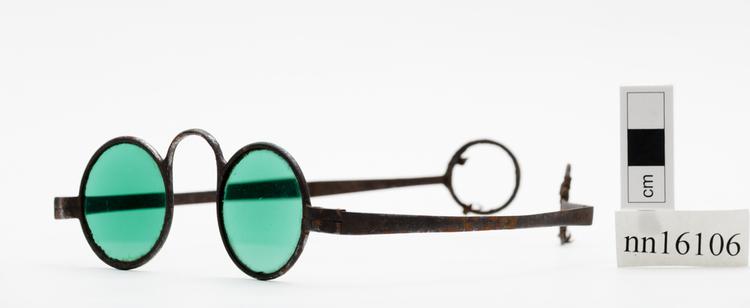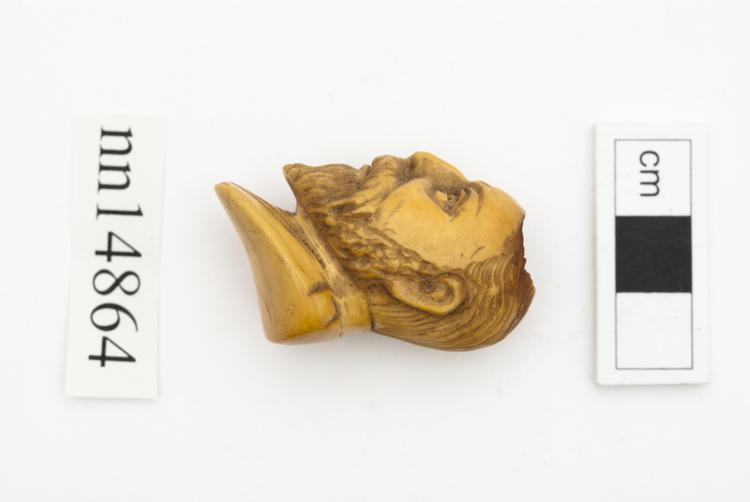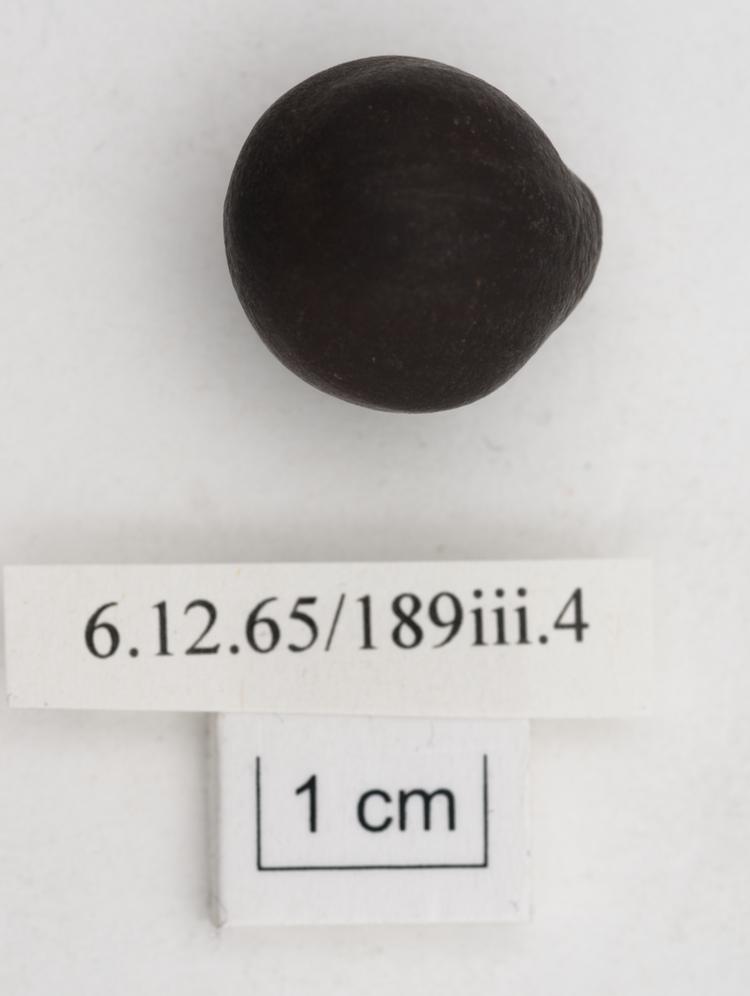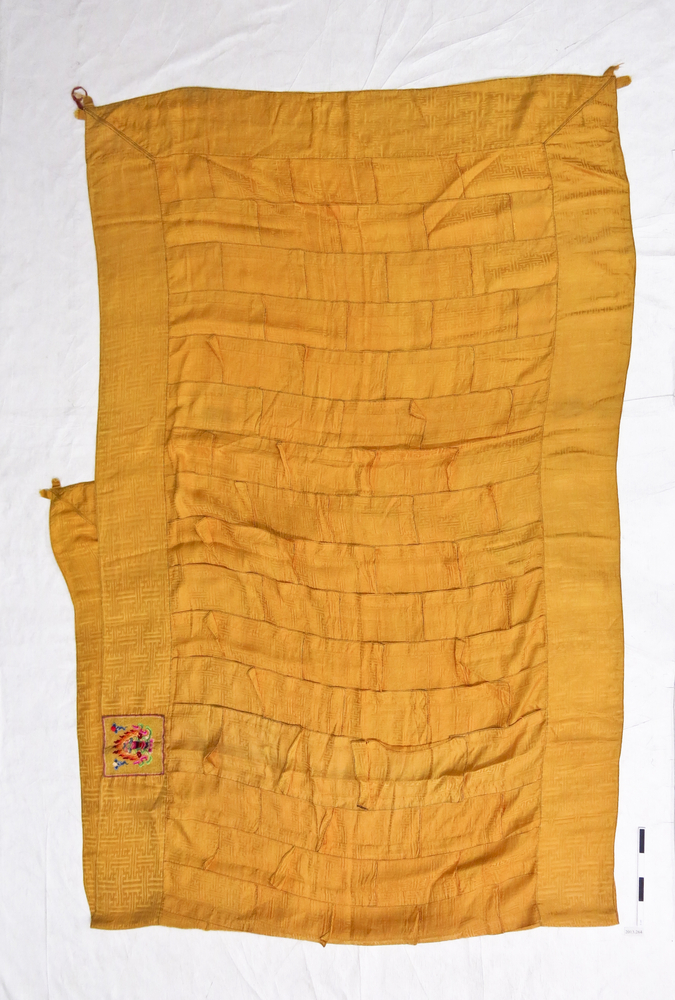


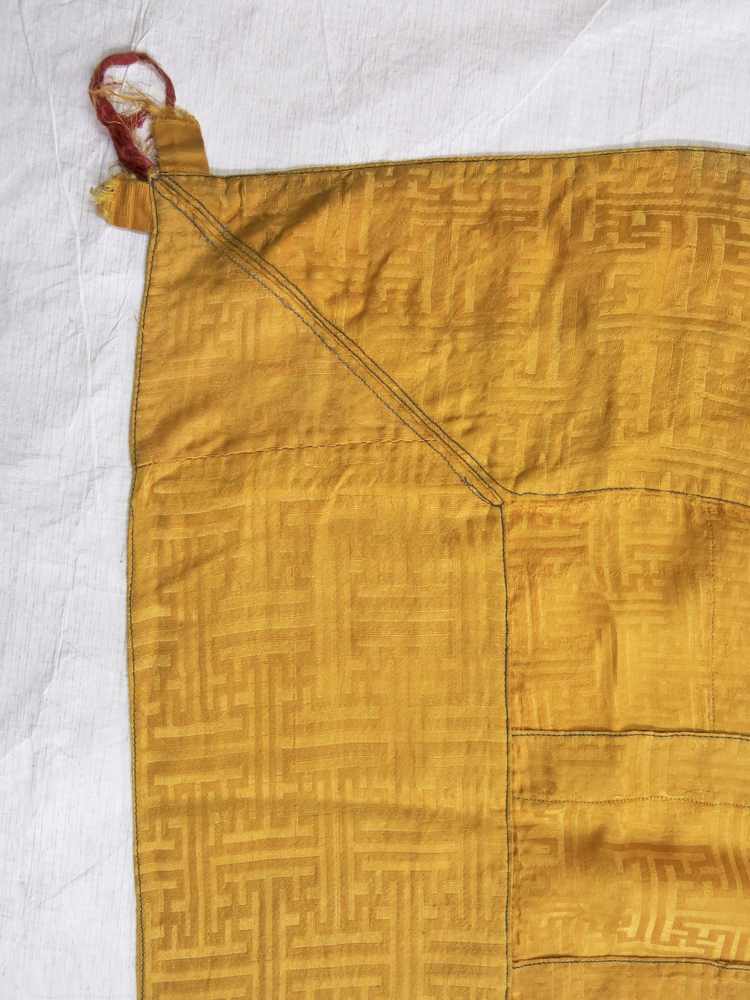
Abbot's cloak from Litang monastery formed of rectangles of saffron coloured silk cloth stitched together, with embroidery at the nape.
This cape (chos-gos in Tibetan or kashaya in Sanskrit) would have been worn by a fully ordained monk during specific ceremonies. We know from the donor that it once belonged to the abbot of Litang Monastery in eastern Tibet. The pieced construction of the cape symbolizes the vow of poverty which Buddhist monks take and references the cloak of donated, patchwork cloth worn by Shakyamuni Buddha. Capes of this sort are particularly associated with Tsongkhapa, the founder of the Gelugpa order. (See objects 14.6.49/5 and nn5527. Both thangka paintings depicting Tsongkhapa and the former shows him in patched robes). The cape is of yellow Chinese silk damask with an overall swastika pattern, symbolising the eternal state of enlightenment. On the nape is embroidered the Wish-Fulfilling Jewel (tsunmo in Tibetan and cintamani in Sanskrit) which can be understood to symbolise all encompassing compassion, among many other meanings.




